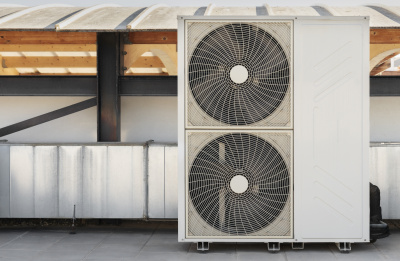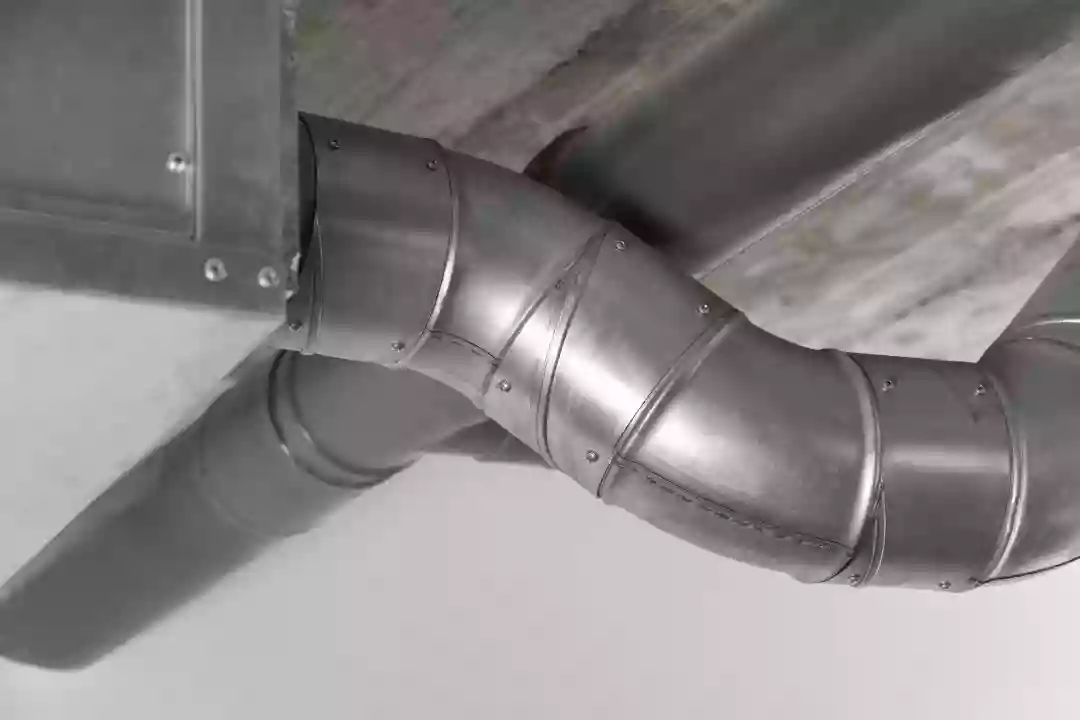What Is Ductwork?
A system of ducts called ductwork is used to supply and remove air from a structure. Both residential and business locations are capable of using it. The main purpose of a duct system is to maintain sterile, germ-free, and naturally breathing air in a structure. Workplaces, warehouses, office buildings, and more use ducts for heating and cooling. In heating, ventilation, and air conditioning (HVAC), air is delivered and removed by ducts, which are conduits or passageways. Examples of the necessary airflows include supply air, return air, and exhaust air. As part of the supply of air, ducts frequently transport ventilation air as well. As a result, air ducts are one way to guarantee both thermal comfort and adequate interior air quality. Dust, pet hair, dirt, cobwebs, excrement, calcium deposits, and other items that are present inside the ducts should be removed by a thorough duct cleaning. Ducts that are sparkling and dazzling are the ultimate product.
The Importance Of Duct Cleaning
An excellent approach to guarantee the effective operation of your HVAC system and an essential component of house maintenance is duct cleaning. Increasing the effectiveness of air distribution helps in lowering energy expenses while also enhancing the air quality that circulates inside the house or structure. A number of issues, including excessive concentrations of dust, germs, mould, and other pollutants that can be dangerous to the health of individuals exposed, can be caused by poorly maintained ductwork. Additionally, maintaining your ducts clear helps guarantee that your HVAC system is operating at its best and may help avoid any serious problems that would necessitate expensive repairs. Inspection, repair, and removal of any hard-scale accumulation, as well as sanitising and deodorising the entire system, can all be included in the extensive list of services offered when having the ducts cleaned.

Need assistance finding ductwork cleaning near you?
Get a QuoteHow Do Duct Systems Work?
The air distribution network of your HVAC system is made up of a network of tubes called air ducts. The majority of ductwork is concealed under plasterboard, so you might not be aware of how each part functions. The main pathways for warm or cooled air to spread throughout your home are the duct pipes and trunks. The duct trunk, which is the primary duct from the furnace and is often constructed of steel, is where the duct pipes branch out to the various rooms in your home. The supply plenum and the return plenum are the two plenums that make up an air duct system.
The supply plenum is in charge of pulling conditioned air from the HVAC system and pushing it out through the individual registers placed in each room. It runs along the outer walls of the house. The return plenum on the other side collects any air that the supply plenum may have moved and draws it back into the HVAC system for reconditioning. To keep the house's temperature and air quality at the correct levels, this operation is repeatedly carried out. To further guarantee that heat transfer is reduced and the conditioned air stays within the house, the ducts that run along the walls should be insulated.
Cons Of Duct Cleaning
While having your ductwork professionally maintained has a lot of advantages, it's important to remember that there are some drawbacks as well. The process might take many hours, which is one of the biggest problems. For larger structures with more intricate systems, this may be very annoying. Additionally, a specialised chemical-based cleaning agent may be used to remove any stuck-on filth when having the ducts cleaned. Although safe when used correctly, this substance might cause health issues including allergies or asthma flare-ups if applied incorrectly.
The EPA claims that, if you merely want to be safe, frequent duct cleaning has no significant drawbacks; the only drawback you could experience is that the duct cleaning simply wasn't necessary. For instance, a straightforward air filter replacement can resolve any respiratory problems you are experiencing. If the insulation becomes damp or mouldy, insulated ducts may need to be replaced more frequently than they need to be cleaned. In this situation, you could wind up paying the contractor a little bit more than you had anticipated for duct replacement.
Benefits Of Duct Cleaning
Duct cleaning has more advantages than disadvantages, albeit a few of the latter. The presence of a healthier atmosphere within the home is the most evident advantage of having your ducts repaired. In most cases, air ducts are quite dusty and contaminated, which can lead to respiratory issues, especially for those who have asthma or allergies. These impurities are successfully eliminated by having the ducts professionally cleaned, which also restores the air's cleanliness and safety. Regular ductwork maintenance also results in less energy usage and increased HVAC system efficiency.
Lower energy costs are obtained as a result of the system's ability to operate more efficiently with less pollution output. The effectiveness of your system hinges on the ease with which air flows through your air and furnace ducts. Your fan will have to work twice as hard to blow air through your system if there is dust collection or another type of accumulation in your air ducts. Duct cleaning will dramatically lessen the cost of your heating expenses. In conclusion, keeping your house or workplace safe and energy-efficient requires regular maintenance of the ducting. The HVAC system operates well and the air quality is maintained by cleaning the ducts. While having your ducts serviced has some drawbacks, they are outweighed by the many advantages.
In this article:
